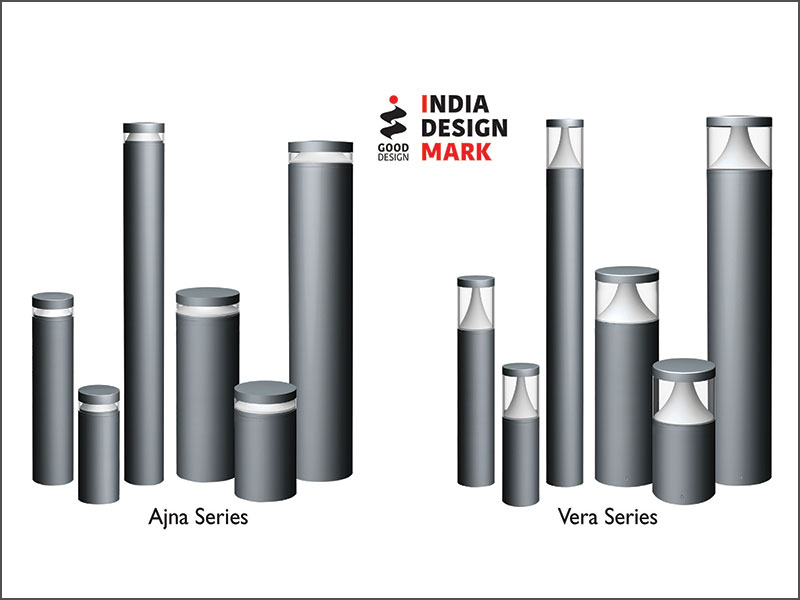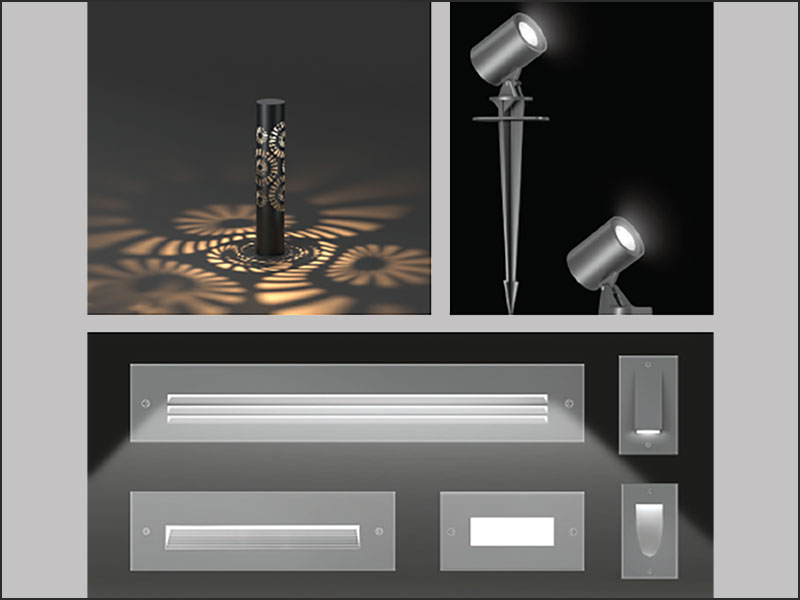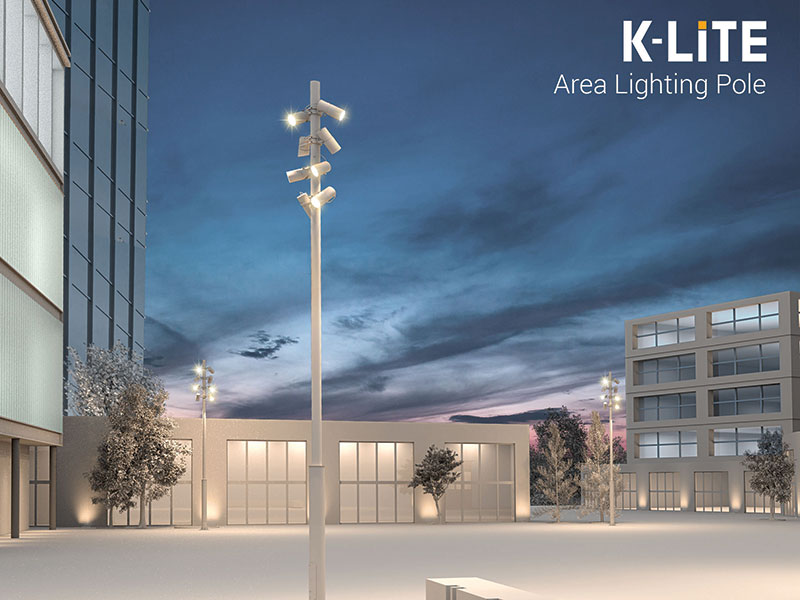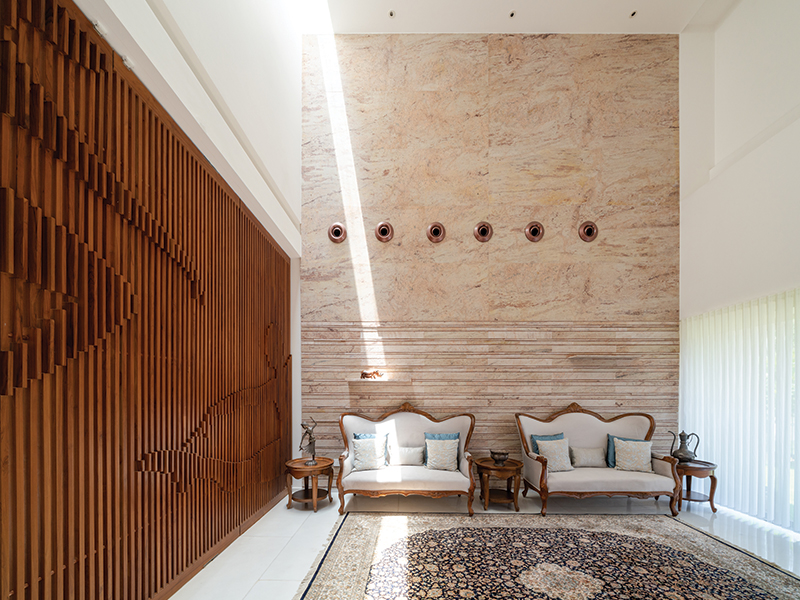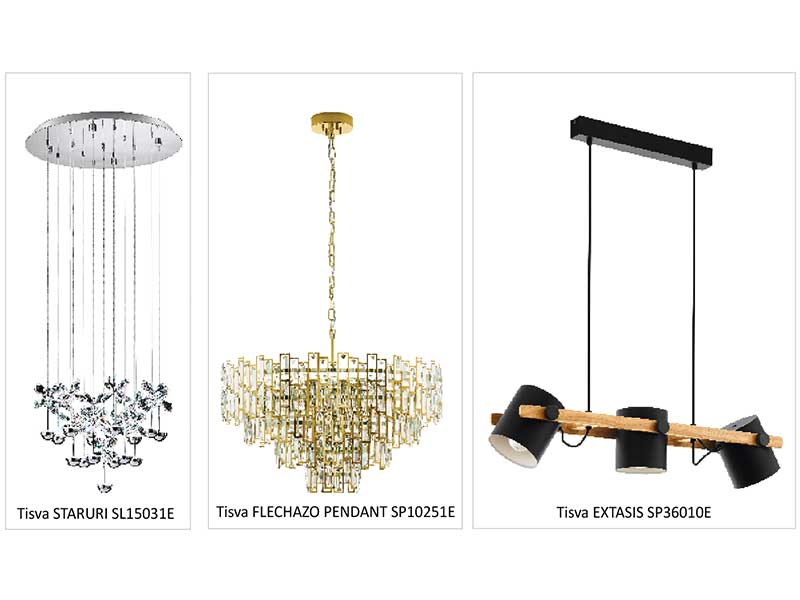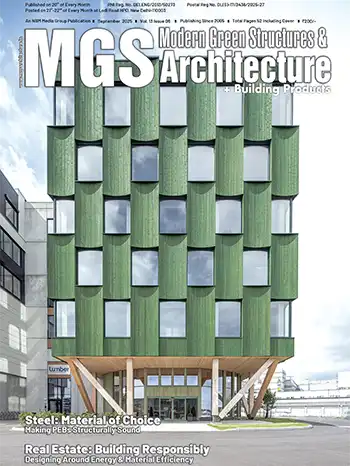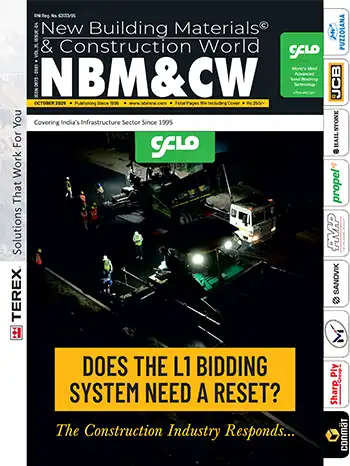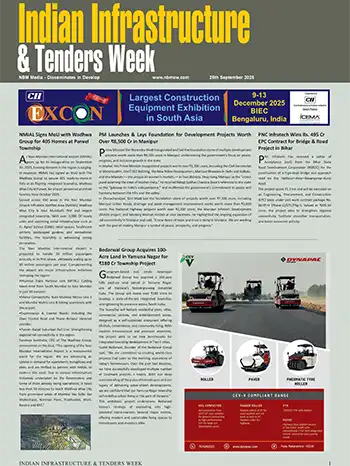Automation, be it in residential or commercial application, is on the rise, and is inevitable in the foreseeable future. In today's fast-moving digitalized era, home automation has become a necessity for higher requirements of personal and professional efficiency as it essentially adds convenience, comfort, and peace of mind.
Currently, the home automation market in India is expected to reach ₹30,000 crore by 2022 with the residential segment accounting for nearly 60% of the industry. Home automation in India comprises 4 functional segments: Lighting, Security, Audio/Video and HVAC (Heating, Ventilation and Air Conditioning). Lighting is the largest component of the Residential market, while security is the largest component of the Commercial market.
Smart home automations are now DIY-friendly and fully customizable, so you can add convenience to every aspect of your home. If you're sitting on the fence, it's time to get off and start making changes that make your life easier, maximize your home's value, and help conserve energy
Tarun Lala
Adoption of wireless technologies for connectivity has boosted the home automation market, unleashing a number of trends. The concept of home automation has evolved tremendously, especially with the Internet of Things. IoT products linked wirelessly to a remotely accessible app or program, automate our homes, making them smarter with enhanced functionalities from opening doors by a simple click of a button to securing the home within seconds. Be it measuring consumption in real time or activating and deactivating devices remotely, it has added greater possibilities. The biggest plus is that these homes are not only technologically advanced, but also more energy-efficient.
Currently, the biggest challenge that IoT faces is lack of uniform standards. However, highly sophisticated and super connected data centers are increasingly becoming popular around the globe to cope with the increased data demand from new and evolving technologies.
Today, there are many wireless technologies used in home automation including Bluetooth, Wi-Fi, ZigBee and Z-Wave. Companies weigh trade-offs against application requirements, which define parameters such as range, power consumption, reliability, data rate, security, and addressing. To align them, Home Automation companies are forming alliances and forums to ensure improvement in user experience and expand market power and also proper operation of the systems. This has led to clustering of large industry players jockeying for supremacy in different camps.
Whether you decide to automate your entire home, or simply incorporate one or two smart home features, automation is a great way to make your home more functional and convenient. Most home automation services integrate a variety of features into one app or control panel, so you can control your home's lighting, temperature, etc, all at the same time. Once you start to understand the possibilities of home automation scheduling, you can come up with a number of useful and creative solutions to further ease your daily life.
The competition in the home automation segments is continuously increasing due to Do-It-Yourself kits and luxury installations. Along with this, Cloud-based services and general-purpose controllers are driving the market. Demand for home automation is likely to be supported by continued development of high-speed broadband services. As new and improved products come to the market, there will be a great emphasis towards taking advantage of digital technology and creating a better environment for home owners.


